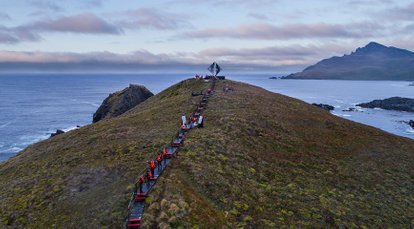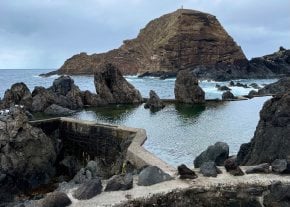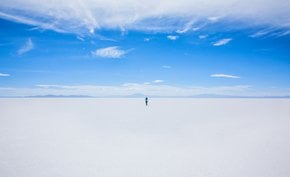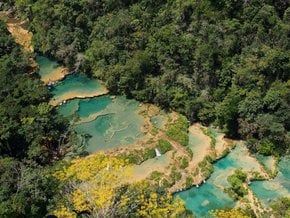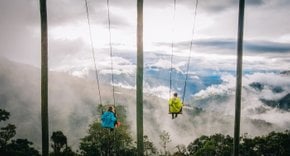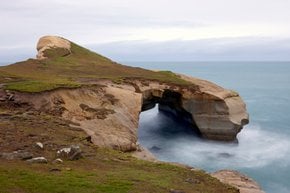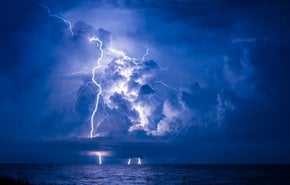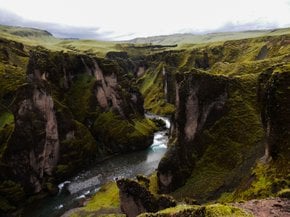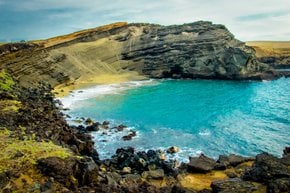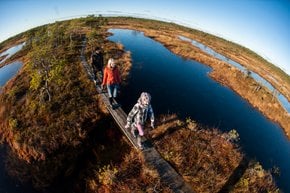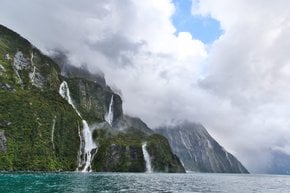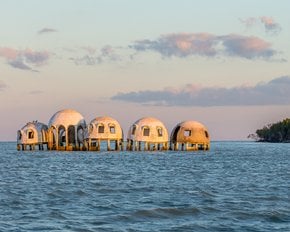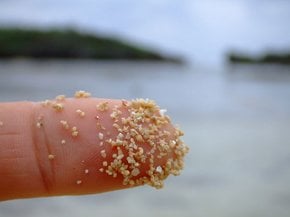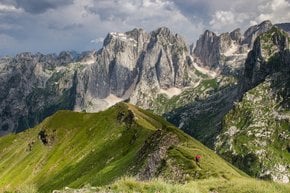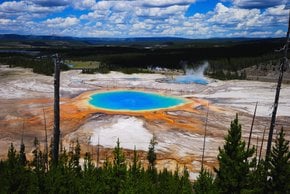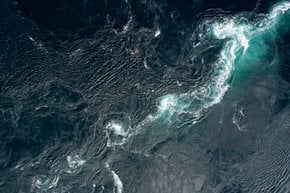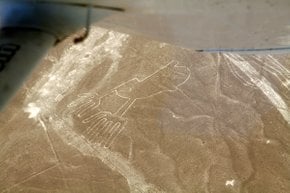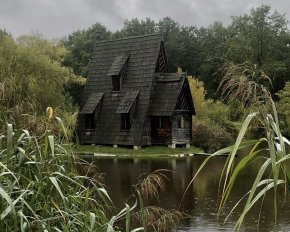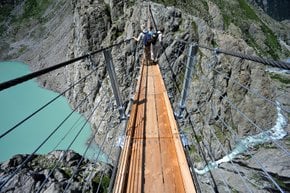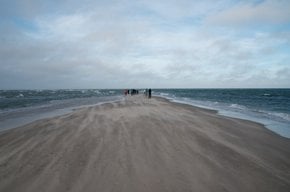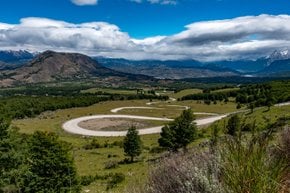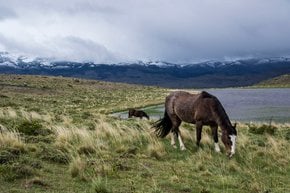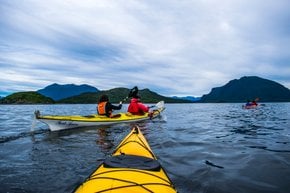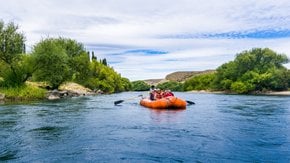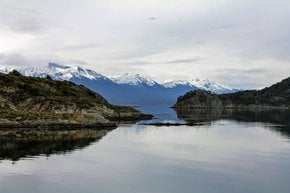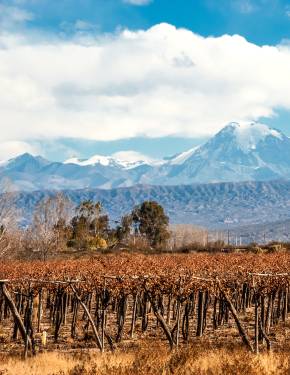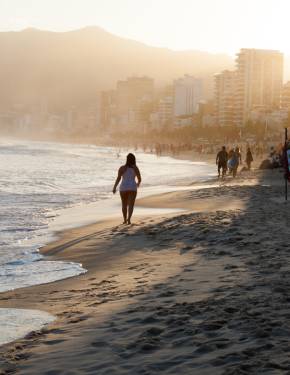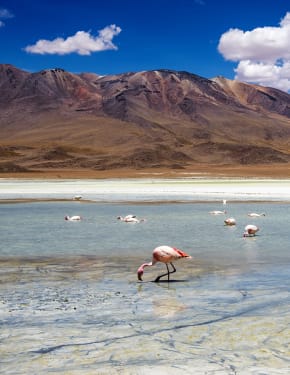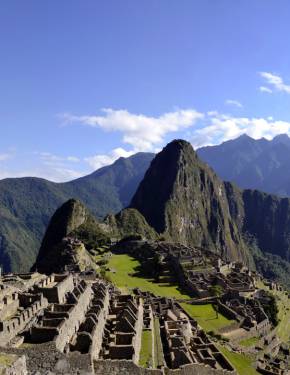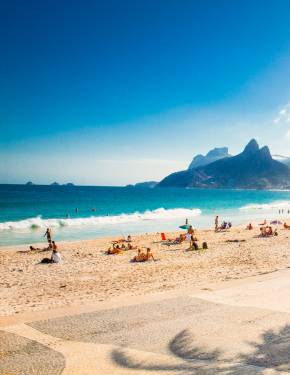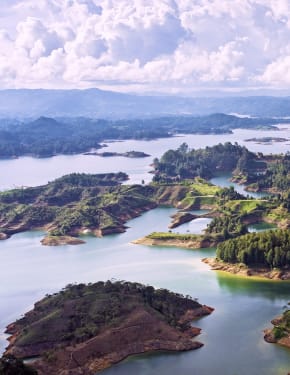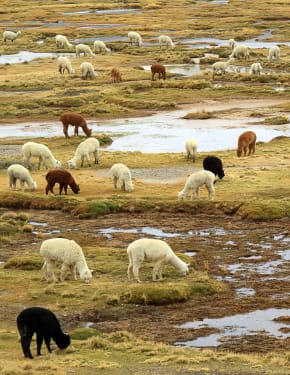Cape Horn in Patagonia 2025-2026
Discover the southernmost headland of Tierra del Fuego archipelago and the unique national park
Best time: October–March
The passage around Cape Horn is the southernmost point of South America, a historical trade route between the Atlantic and Pacific Oceans. So many sailors, explorers and travelers have struggled to navigate through the rough Antarctic seas to overcome this journey that it seems almost symbolic to complete it for any adventurer out there.
Best Time to Visit Cape Horn
Most tour operators offer their Cape Horn tours between October and March, sometimes early April. October and late March are relatively low seasons, while November through mid-March is when trips to Cape Horn are in high demand. All tours are weather and sea conditions permitting.
Getting to Cape Horn
There are two ways to get closer to Cape Horn: either by a cruise boat or by air. The flights are operated by a helicopter or Twin-Otter aircraft, depending on the size of the group. Surrounded by harsh winds and untamed waters, Cape Horn, especially the infamous headland, is notorious for being one of the hardest places to sail past. In case of severe weather conditions, the captains of the ships might choose to change the course for the safety of everyone on board.
Cruise Tours
Several tour operators offer cruises to Cape Horn and other natural landmarks in the area. The cruises usually last 4-5 nights and stop at some of the most scenic spots in Tierra del Fuego and Patagonia. The most notable tour operators include Far South Expeditions and Swoop Patagonia, both of which depart from Punta Arenas and end the trip in Ushuaia, Argentina. On the way, the boats stop at Ainsworth Bay, Tucker Islets, Wulaia Bay, Pia Glacier, Glacier Alley, Beagle Channel, Magdalena Island, and numerous other locations. Each tour operator might offer different itinerary options.
Prices depend on the season and the type of cabin you choose. The cost of the tours generally starts at $1,665 during the promotional season and $3,255 during the high season for the cheaper cabin.
Cape Horn National Park
The Cape Horn National Park covers 155,676 acres (63,000 ha) of land, including the Wellington Islands and the smaller Hermite Islands. It has lots of unique flora and fauna, different from the rest of Terra del Fuego because of its lower latitude location. The landscapes are lush and covered in green and blue. It's surely like no other place on Earth!
Its ecosystem is home to marine mammals and seabirds as well as a unique kelp forest. South American sea lions inhabit the waters of the Bárbara Channel in huge numbers, connecting the Strait of Magellan to the Pacific Ocean.

